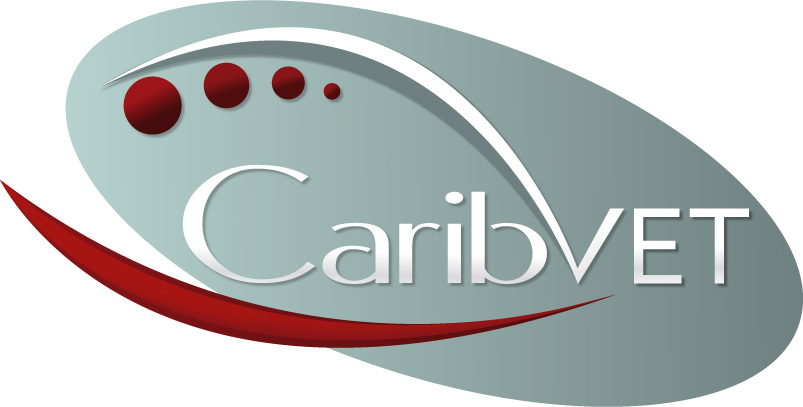The Epigenesis / CaribVET GIS Bulletin for Animal Health Surveillance
Starting from February 2015, a GIS Newsletter is distributed on a monthly basis amongst the members of the CaribVET network and to any person interested in learning more about geographical data, Geographic Information Systems (GIS) and applications. The main topic of these newsletters will be the use of GIS for animal health surveillance. The objective is to give a beginners introduction to what a GIS is and where and when it can be used. As this is not an official GIS course, the outline is not fixed and the content can be adapted to demands posed by emerging developments.
This is expected to help anyone interested or involved in surveillance data management & analysis whether you want to refresh your skill or to get started with GIS.
Explore the contents of the GIS Bulletin
- Dive into the world of GIS
- Discover your personal style
- Add your own data
- Cartography
- Spatial joins
- Draw your polygons
- Working with raster data
- Some thoughts on queries
- Coordinates and projections
Ahora tambien en espagnol:
- Introduccion à GIS
- Estilo, color y gusto personal
- Adicion de tus propios datos
- Cartografia
- Uniones espaciales y mapeo de indicadores epidemiológicos
- Dibuja tus propios polígonos en un mapa
- Trabajar con datos en cuadrículas (raster)
- Algunas consideraciones sobre las consultas
- Coordenadas y proyecciones
The GIS bulletins have been used in an online training forum on Basic GIS and introduction to risk mapping (using Avian Influenza as a disease model). The platform is accessible to the registered members. More information or request to access to the training materials: send an E-mail to the CaribVET Secretariat.

